A Report on the Strategic Changes in Singapore Library System
VerifiedAdded on 2022/08/26
|6
|1139
|16
Report
AI Summary
This report provides a comprehensive analysis of the strategic changes implemented by the National Library Board (NLB) in Singapore. It examines the mission of NLB to enhance learning opportunities through a national library network, emphasizing the impact of technological advancements and leadership on the library system. The report highlights key changes, including increased visitor numbers, expanded collections, and membership growth, attributing these successes to a combination of factors. These factors include a flexible organizational structure, technological renovations (such as the CARL system), and strategic human resource management. The report also details the implementation of an e-library feature and the importance of a professional and engaged staff. The changes were implemented in a coordinated sequence, emphasizing the importance of technically skilled personnel and effective training programs, and the shift in organizational structure to maintain effectiveness, showcasing how leadership, technology, and human resources were interrelated and crucial for the library's transformation. The report also references supporting literature to validate the findings.
1 out of 6
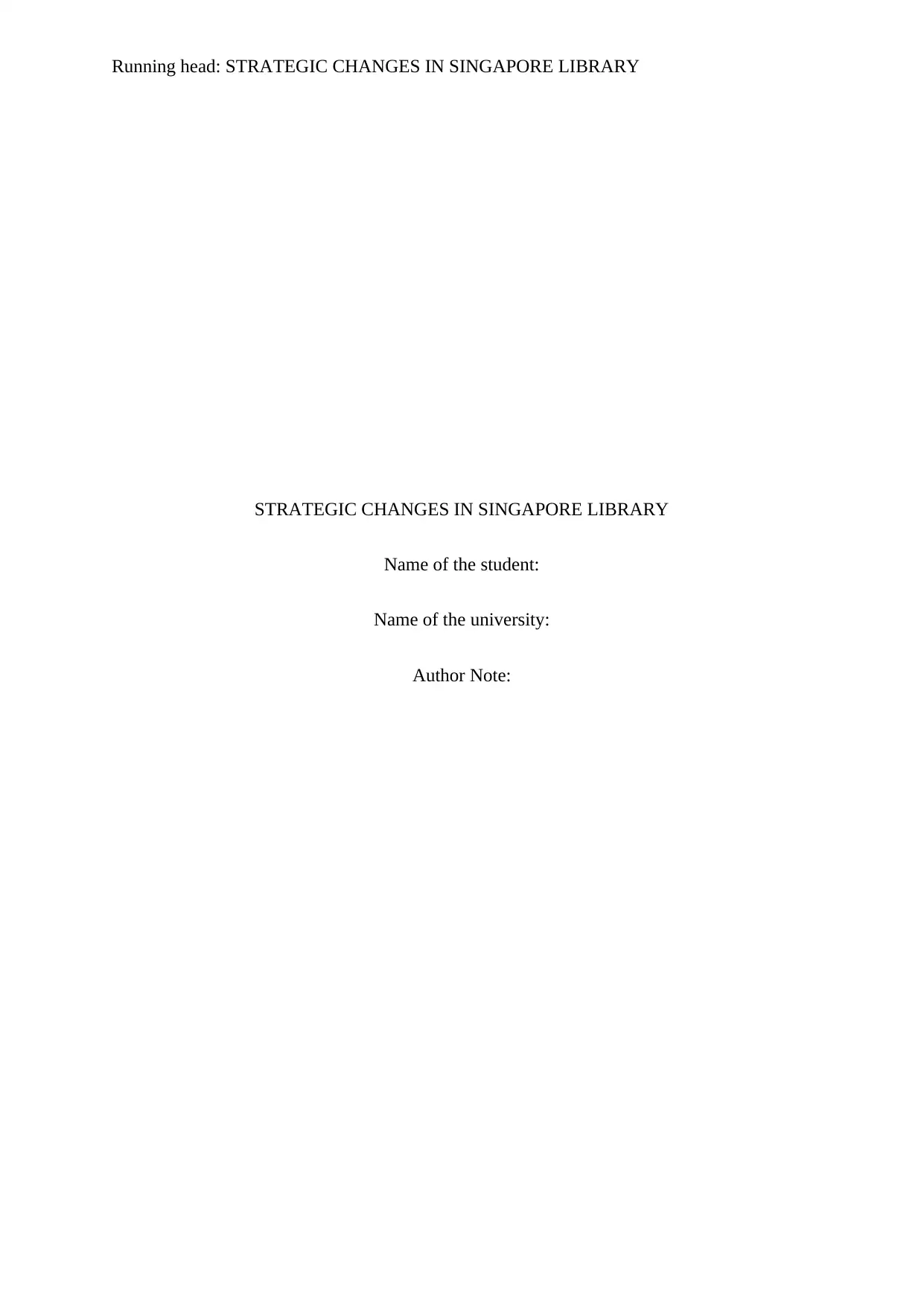

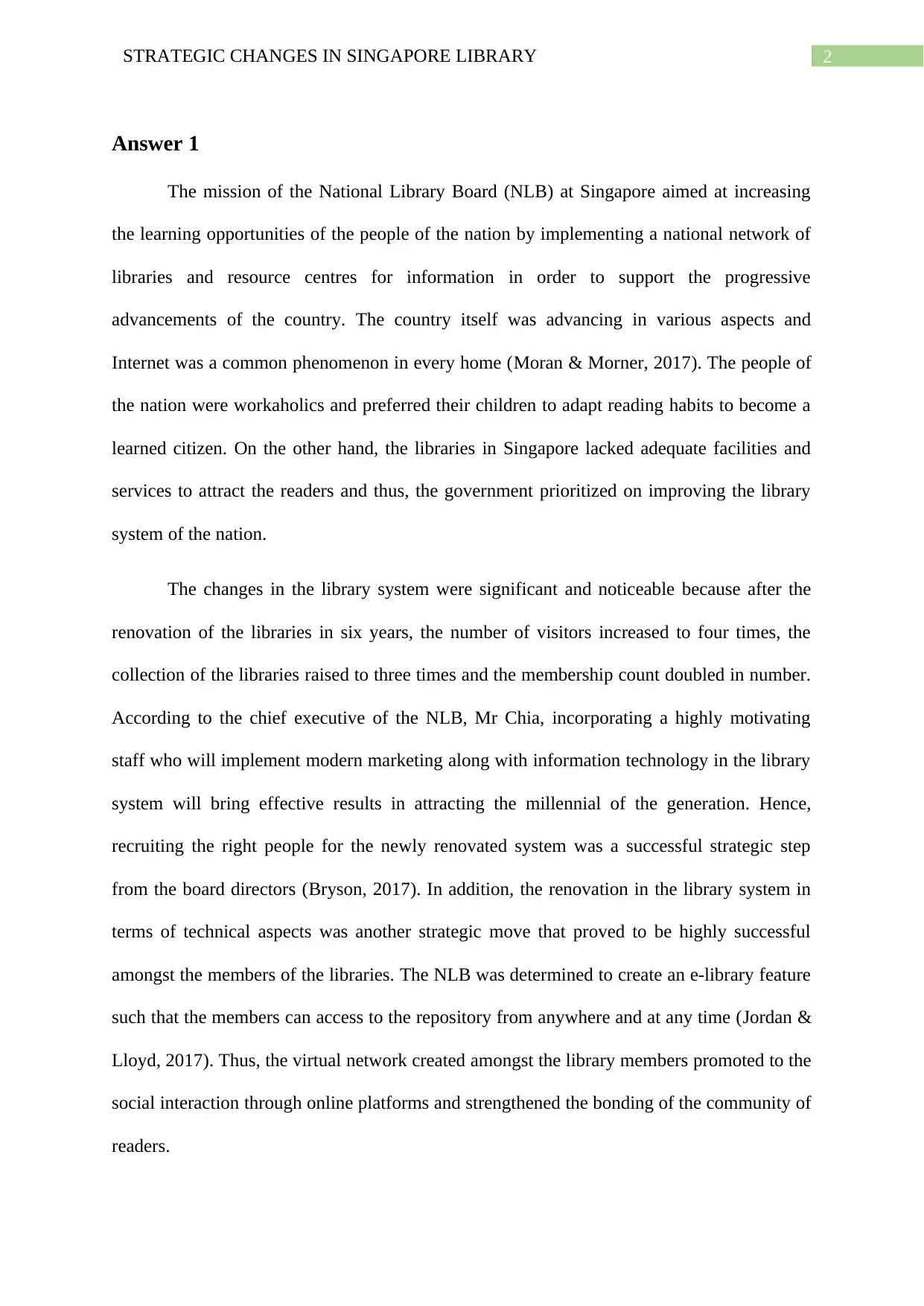
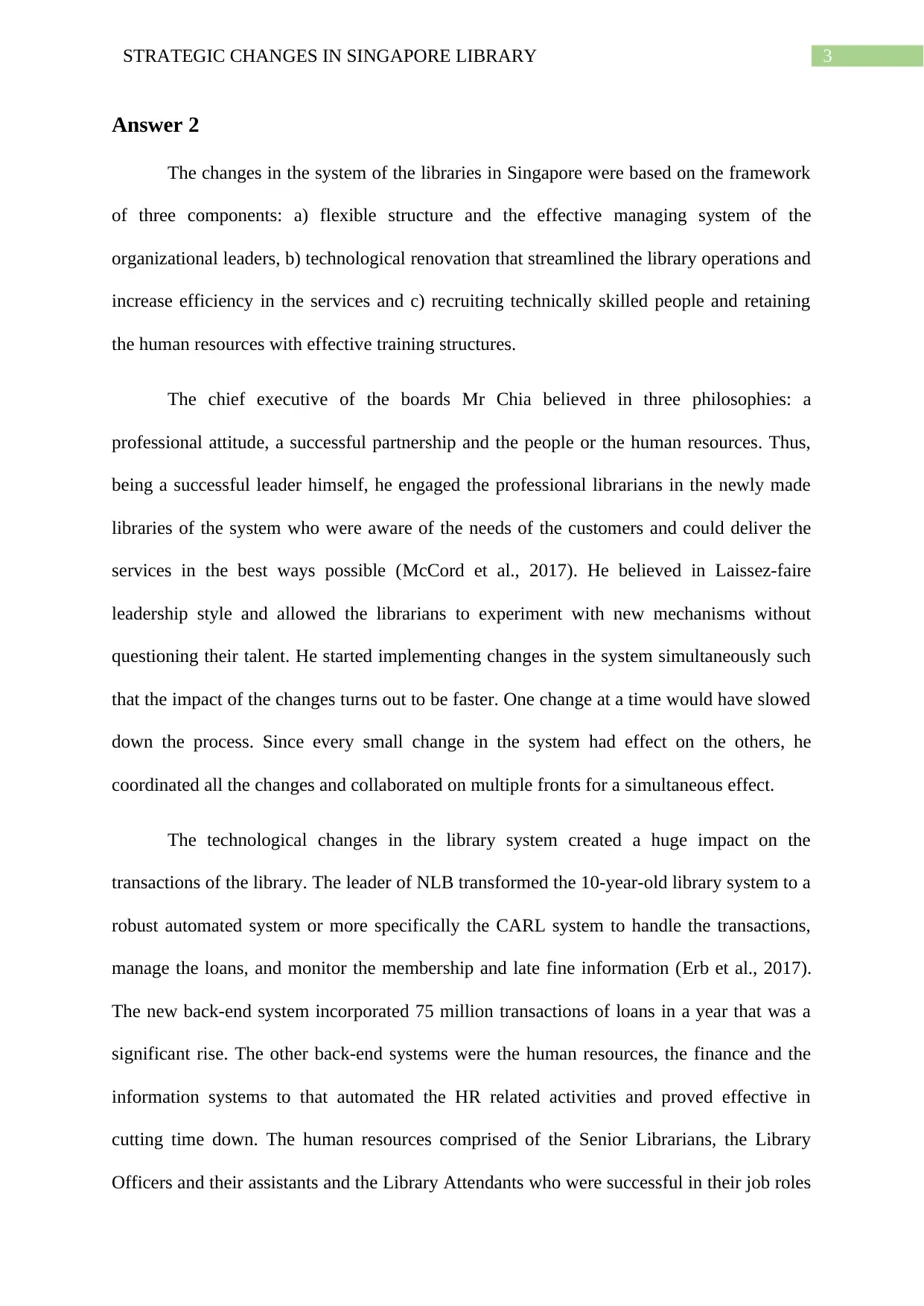
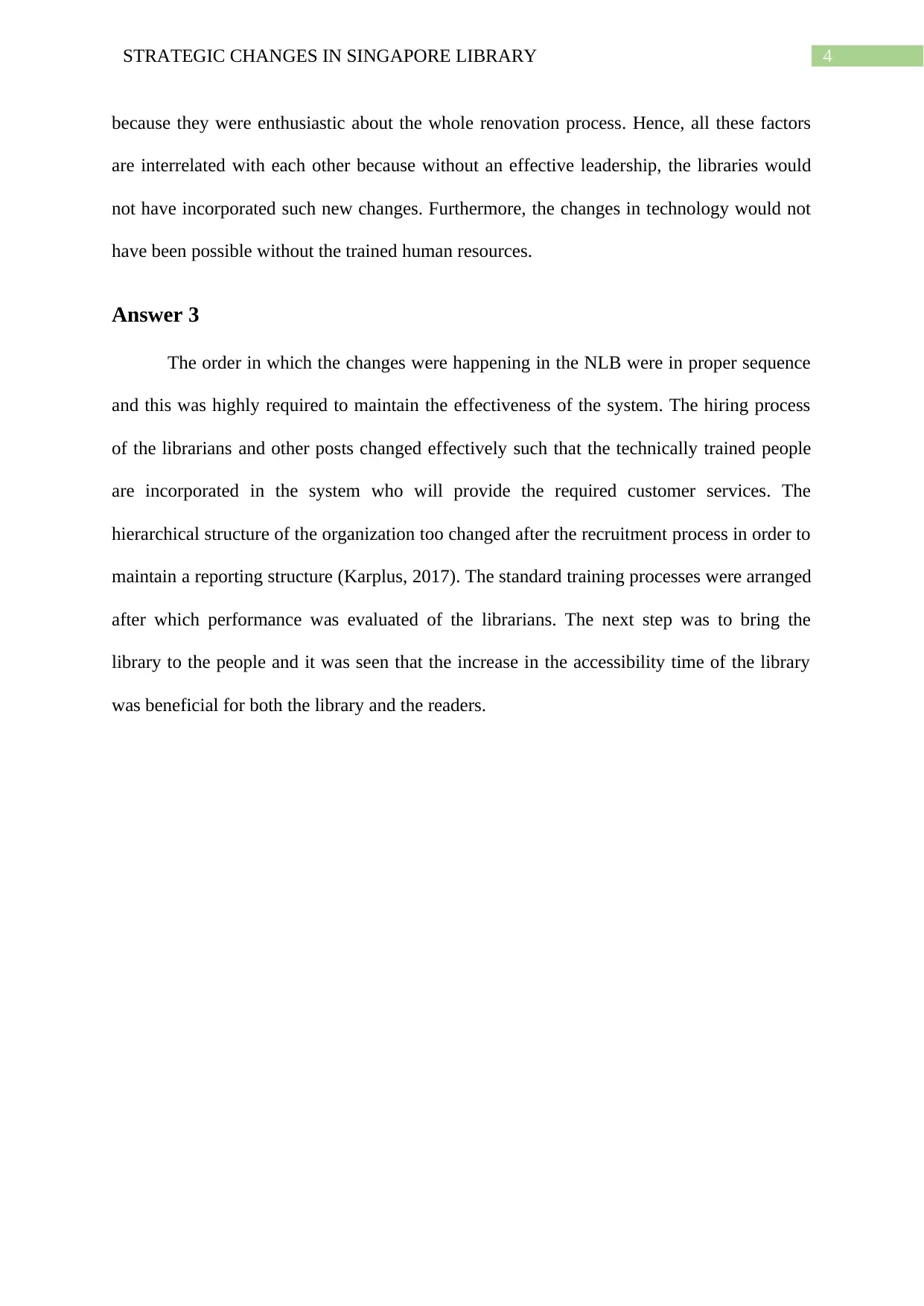
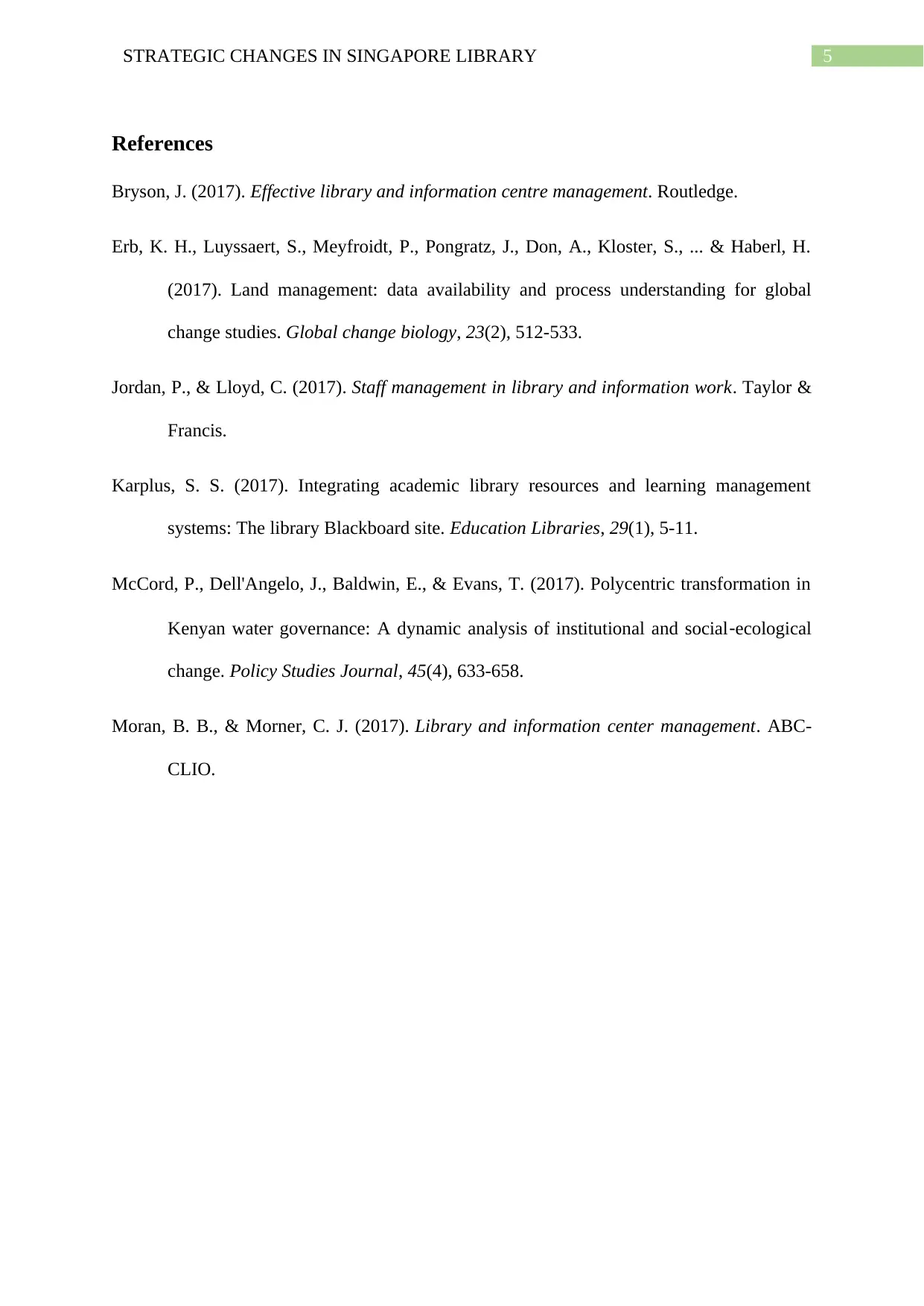
![[object Object]](/_next/static/media/star-bottom.7253800d.svg)